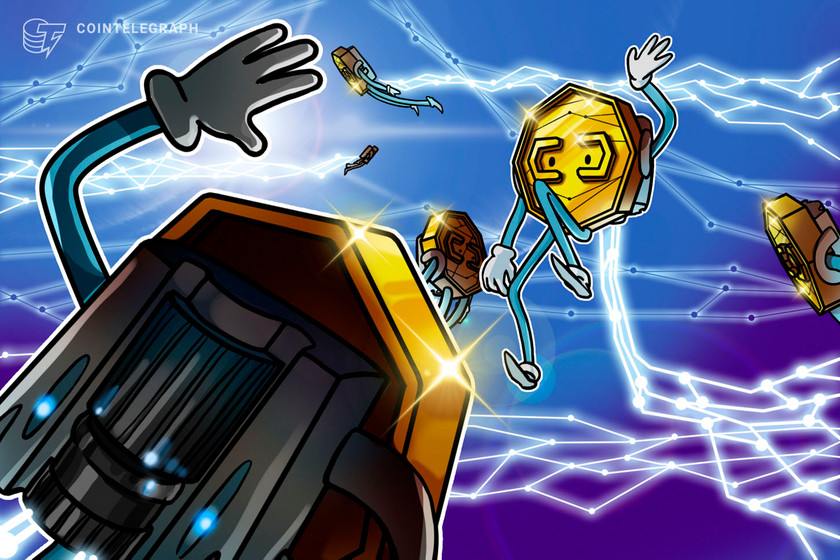
Ethereum Foundation members expect “the merge” to happen before year-end, and savvy options traders will profit using this options strategy.
Ethereum's long-awaited transition away from proof-of-work (PoW) mining has recently suffered another delay and is expected to occur in the second half of 2022.
Ethereum developer Tim Beiko stated on April 13 that "it won't be June, but likely in the few months after. No firm date yet, but we're definitely in the final chapter of PoW on Ethereum."
An automated increase in mining difficulty designed to make PoW mining less attractive is set to become active around May. Known as the "difficulty bomb," it will eventually make blocks "unbearably slow," forcing the upgrade to a proof-of-stake (PoS) network.
Such news might have negatively impacted Ether's (ETH) price, but it creates an immense opportunity for those betting on the efficiencies and potential gains of faster and cheaper transactions.
Even though one could use futures contracts to leverage their long positions, they risk being liquidated if a sudden negative price move occurs ahead of the network upgrade. Consequently, pro traders will likely opt for an options trading strategy like the "long butterfly."
By trading multiple call (buy) options for the same expiry date, one can achieve gains 3.2 times higher than the potential loss. An options strategy allows a trader to profit from the upside while limiting losses.
It is important to remember that all options have a set expiry date, and as a result, the asset's price appreciation must happen during the defined period.
Using call options to limit the downside
Below are the expected returns using Ether options for the Sept. 22 expiry, but this methodology can also be applied using different time frames. While the costs will vary, the general efficiency will not be affected.

This call option gives the buyer the right to acquire an asset, but the contract seller receives (potential) negative exposure. The "long butterfly" strategy requires a short position using the $5,000 call option.
To initiate the execution, the investor buys 14 Ether call options with a $3,500 strike while simultaneously selling 21 contracts of the $5,000 call. To finalize the trade, one would buy 8 ETH contracts of the $7,000 call options to avoid losses above such a level.
Derivatives exchanges price contracts in ETH and $2,937 was the price when this strategy was quoted.
Trade ensures limited downside with a possible 3.2 ETH gain
Using this strategy, any outcome between $3,770 (up 28%) and $7,000 (up 139%) yields a net profit — for example, a 40% price increase to $4,112 results in a 1.1 ETH gain.
Meanwhile, the maximum loss is 0.99 ETH if the price is below $3,500 on Sept. 22. Thus, the "long butterfly" is a potential gain of 3.2 times larger than the maximum loss.
Related: Altcoin Roundup: Analysts give their take on the impact of the Ethereum Merge delay
Overall, the trade yields a better risk-to-reward outcome than leveraged futures trading, especially when considering the limited downside. It certainly looks like an attractive bet for those expecting the PoW migration sometime over the next five months.
It is worth highlighting that the only upfront fee required is 0.99 ETH, which is enough to cover the maximum loss.
The views and opinions expressed here are solely those of the author and do not necessarily reflect the views of Cointelegraph. Every investment and trading move involves risk. You should conduct your own research when making a decision.





























